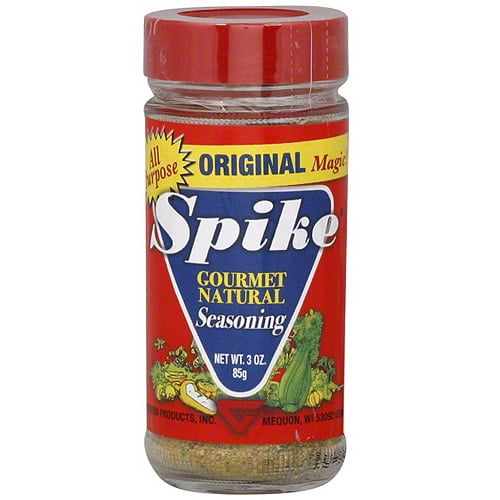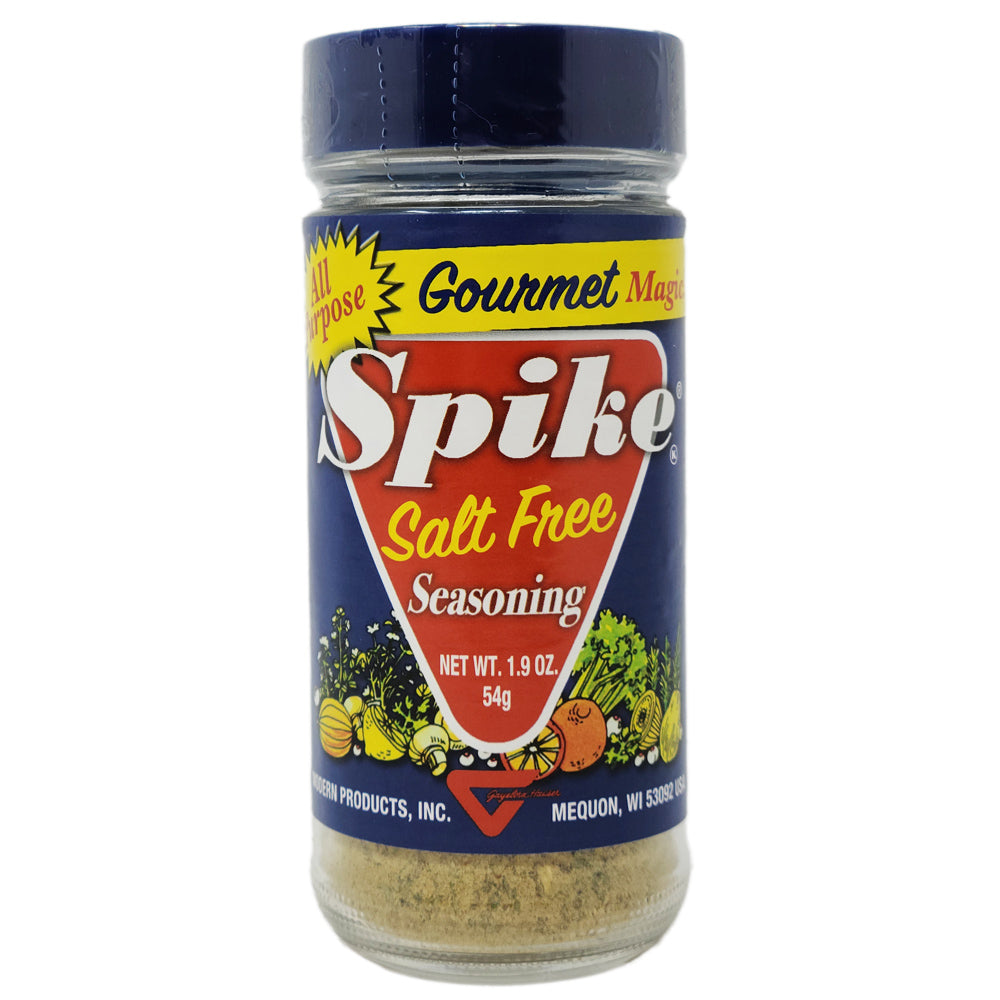

Frozen pizzas with thick crusts and lots of toppings are especially high in sodium.

Additionally, they are often heavily salted.

A lot of the food served at fast-food restaurants is processed and frozen, then cooked by frying or cooking in high-fat oils. If you’re following any kind of nutritional guidelines, fast food is a bad idea all-around. Any kind of breading or seasoning mixes should be low sodium. Air-fryers have become popular and are a good option as long as you pay attention to the salt content of what you’re cooking in the first place. Grilling, baking, and sautéing are all good alternatives to frying. And be careful of cheeses with high salt content.įried foods contain a lot of saturated fat and salt, both of which you should avoid when you have high blood pressure. If you consume a lot of dairy, switch to low-fat versions. If you do eat red meat, make sure you read labels and choose the leanest cuts possible. Reduce or eliminate red meat consumption. Things fried in a lot of oils or meats that have a lot of fat are bad for both blood pressure and cholesterol. There are healthy fats you can have in your diet even with high blood pressure, but saturated and trans fats are not among them. Familiarize yourself with different herbs and spices to add flavor to foods instead. Other places salt can be hidden is in pasta sauce and gravy. Things like ketchup, soy sauce, salad dressing, barbecue sauce, and steak sauce all have a lot of sodium in them. When replacing table salt, do not fall into the trap of substituting certain condiments instead. Find new spices and herbs to use to flavor dishes. A lot of people reach for the salt shaker by habit when preparing meals and snacks, but it should be very limited or avoided altogether when dealing with high blood pressure. If you are trying to follow a low-sodium diet, this seems like an obvious one, but it needs to be said. To help know what to avoid, here’s a list of 11 foods that can increase blood pressure We understand that managing any chronic health condition can seem overwhelming and high blood sure is no different. Additionally, you should avoid things high in sugar and sodium, which is one of the top dietary factors linked to high blood pressure. It’s important to consume whole grains, vegetables, fruits, and lean protein. Your supermarket cinnamon is also likely to be cassia cinnamon instead of Ceylon cinnamon- which isn’t bad, just.less good-and if you’re not thoroughly scrutinizing labels, you could wind up with artificial vanilla flavoring instead of pure vanilla extract.If you deal with high blood pressure, or hypertension, then you probably already know that a healthy diet is one of the most effective ways to manage it. A jar of ground cumin could conceivably have been sitting on a grocery store shelf for several months, its valuable volatile oils evaporating all the while.

Depending on the type and whether they’re whole or ground, spices can lose their potency as quickly as six months. Flavor is certainly one reason to take care with where you source your spices. That fraught history means it’s worth taking a second to pause the next time you find yourself re-upping on coriander. For centuries, trade routes have been carved, fortunes made, and people subjugated all for spice-nutmeg and black pepper, saffron and cardamom, paprika and cinnamon. As Sting’s uncle says in Dune (the David Lynch one, kiddos, keep up), “He who controls the spice controls the universe.” Back here on Earth, the sentiment is not far off.


 0 kommentar(er)
0 kommentar(er)
